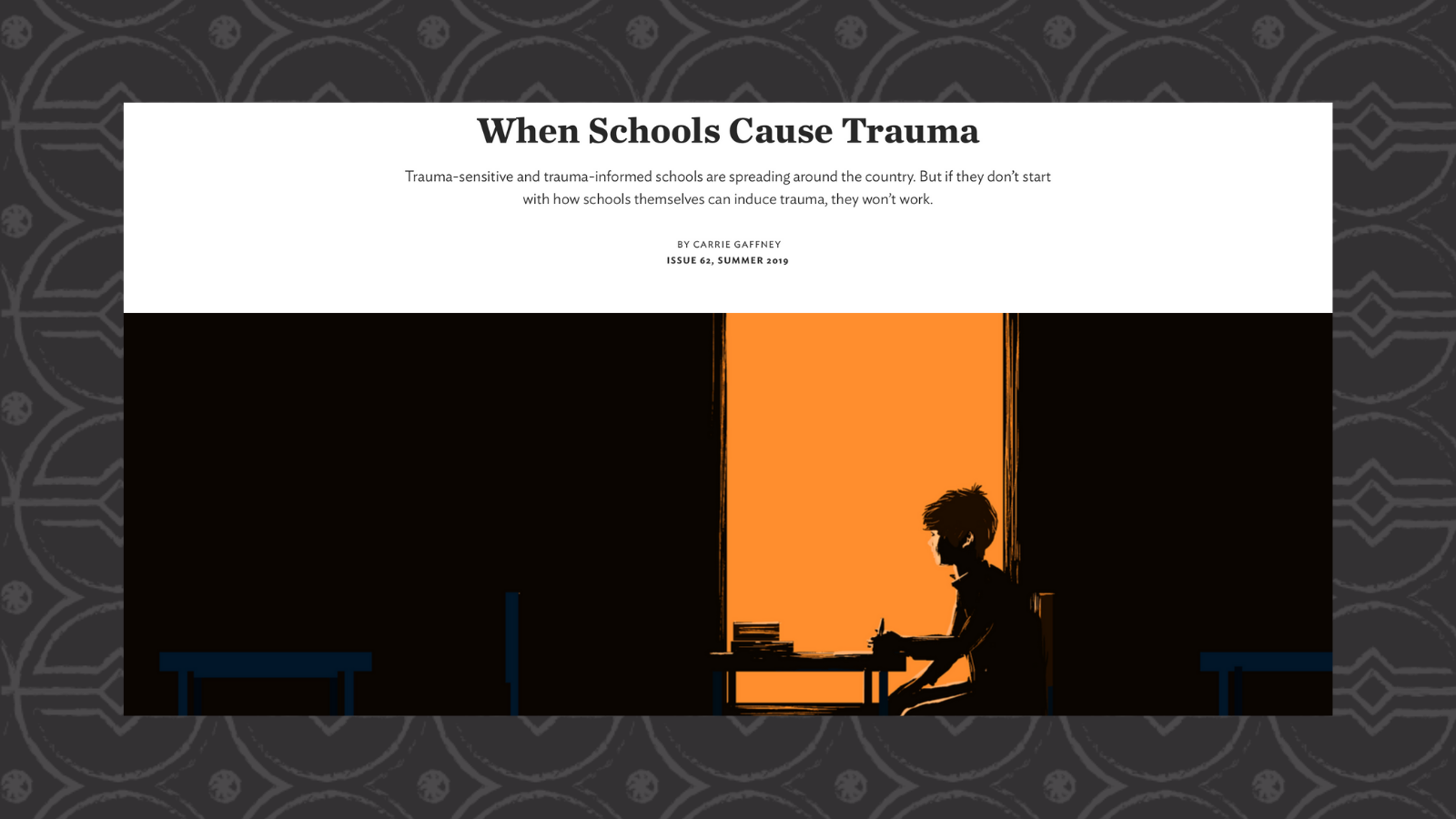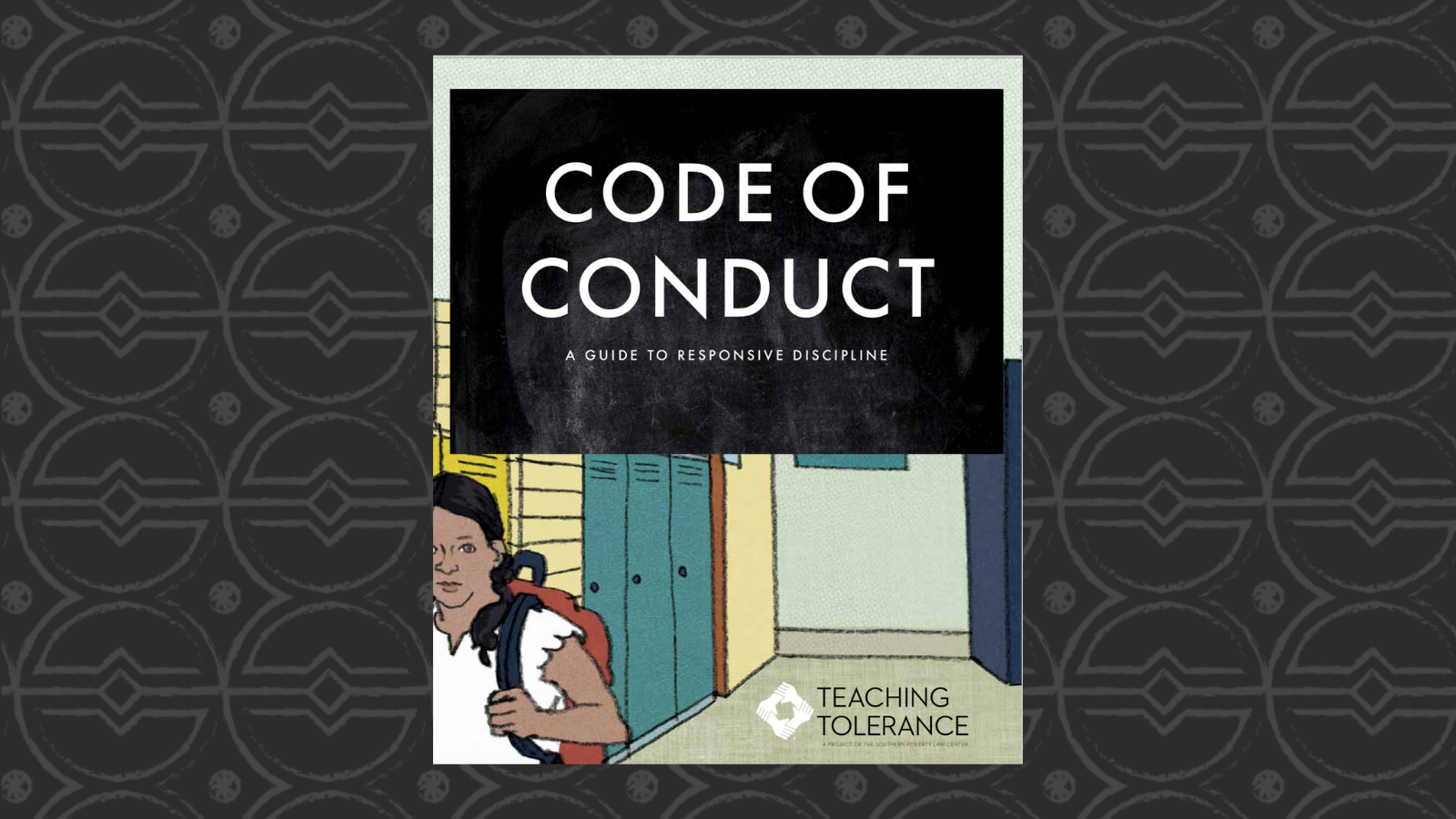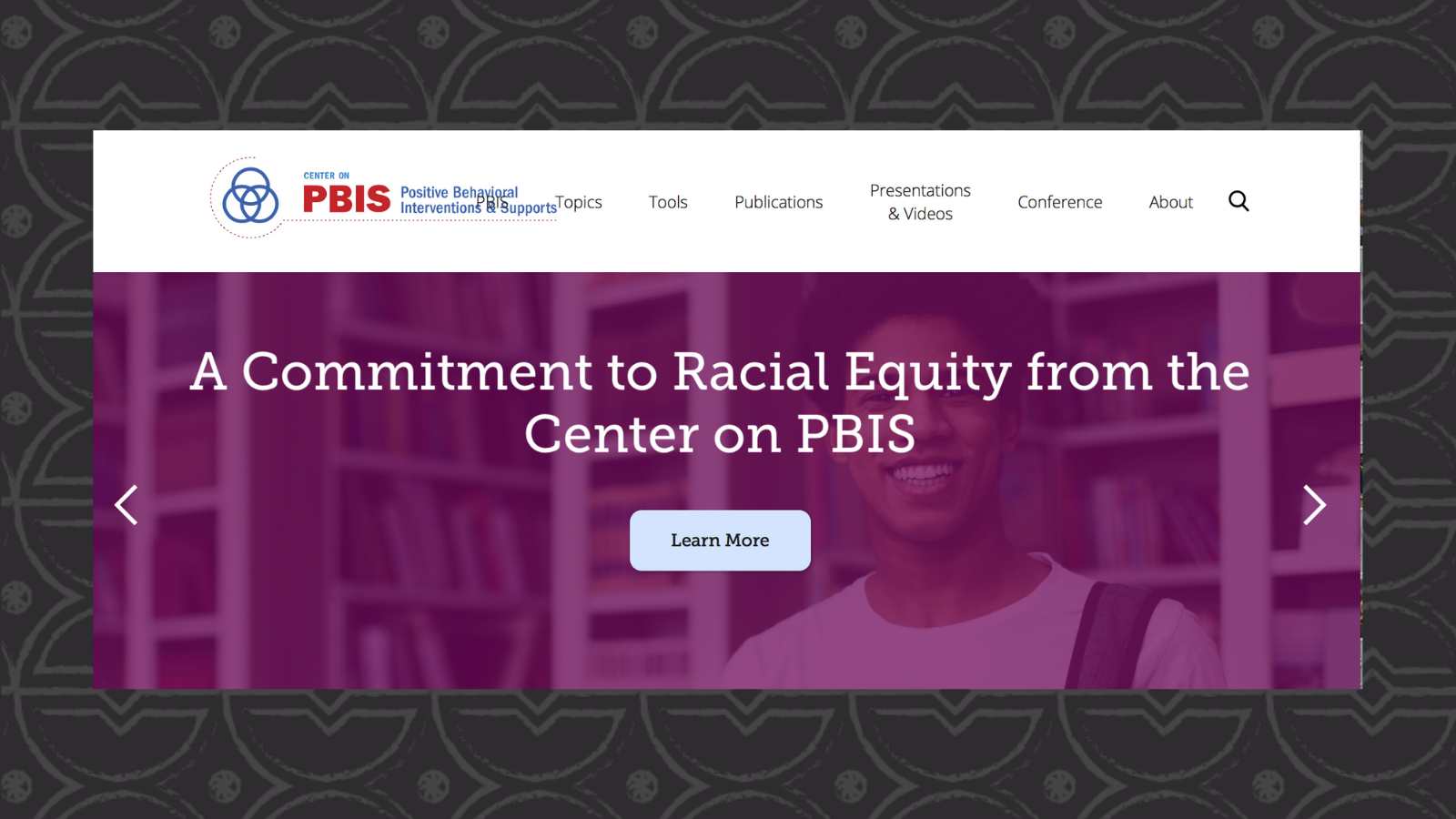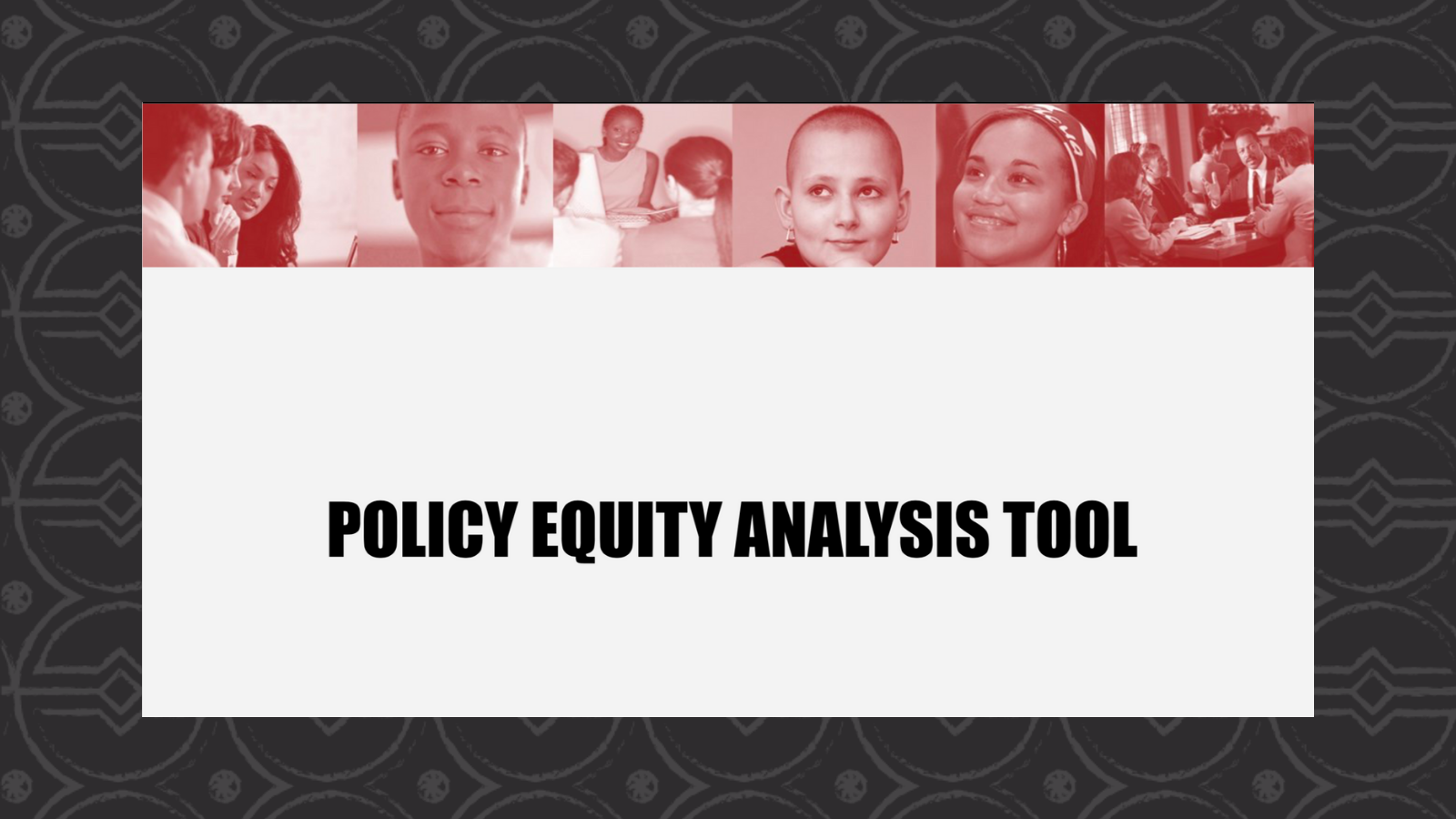10 Responsibility #1
Responsibility #1: Create and/ or review policy and procedures related to equity.
A necessary early step in school equity work is articulating and making public your school or district’s intentions, policies, and procedures relating to equity (and abiding by them). We have provided resources earlier in the toolkit about developing mission statements, which we recommend as an early step in your work together. In addition to statements, consider other ways that your school’s policies—dress codes, behavioral codes, traditions/ rituals—might unintentionally exclude some students and even propogate biased practices.
Please click on the images for further information. (Please note: the resources will open an external webpage).
In the video above, E4L’s Dr. Lasana Kazembe explains the importance of creating and reviewing policies and procedures related to equity by interrogating ourselves, intentions, policies, and procedures. Furthermore, Dr. Kazembe reminds school leaders, teachers, and surrounding communities to question the function of education.
When Schools Cause Trauma
Source: Teaching Tolerance
With the rise of trauma-informed schooling, it is imperative, the author argues, that we confront the ways that our schools are participating in causing trauma. Through school policy or classroom curriculum, educators can unintentionally exacerbate traumas. This article details ways we can begin to change this.
Time to Take a Look at Your Dress Code
Source: Cult of Pedagogy
Including both a blog post and podcast episode, this resource covers the many ways that a well-intentioned dress code can cause an inequitable school culture. The author provides useful examples of revised dress code policies, illustrative videos, and guidelines on revising dress codes from real school disctricts.
Code of Conduct: A Guide to Responsive Discipline
Source: Teaching Tolerance
From Teaching Tolerance: “This guide includes scenarios and questions tailored specifically to teachers, counselors, building and district leaders and school resource officers. It can be used to prompt individual self-reflection or to kick-start conversations among colleagues about beliefs and practices related to student misbehavior. Analyzing the conditions that push students out of school—such as a zero-tolerance disciplinary culture—is an important first step toward making the shifts necessary to end the school-to-prison pipeline.”
Positive Behavioral Interventions & Supports (PBIS)
From PBIS: “School systems can either reflect a biased society or provide a protective buffer against it. To make it a protective place, teams should adopt a behavior framework that is preventive, instructional, and flexible enough to be tailored to the strengths, needs, and values of its students, families, and community.” Peruse the PBIS website for a wealth of articles, videos, guides, and other resources on implementing positive behavioral interventions based on school data for improved student outcomes.
Policy Equity Analysis Tool
Source: Great Lakes Equity Center
From GLEC: “This review guide outlines six analytical domains to support the examination of regulatory documents (e.g., policies and procedures) with a particular focus on educational equity. Its purpose is to provide a process and tool by which stakeholders can engage in critical examination of and reflection on the policies that shape and inform daily practices.”
Equity Committee Reflection Tool
The purpose of this reflection is to allow the Equity Committee to review their progression related to each section of the toolkit. Each committee must dedicate time to analyze and be transparent about triumphs, challenges, needs, goals, and more. The E4L team highly recommends spending time sharing reflections with designated members of the team to discuss findings and receive support in the form of feedback, suggestions, and resources.
Please review the following prompts as a team and collectively provide a response that encompasses the ideas of the Equity Committee at your school. We suggest taking notes each time your team meets to keep track of all efforts and completing the reflection sections each semester or academic year based on the time and availability of the entire team.
- What is the current state of the Equity Committee related to creating and/or reviewing policy and procedures related to equity?
- What goals does the Equity Committee have in place to create and/or review policy and procedures related to equity?
- What is the current status of those goals?
- How does the team plan to reach these goals?
- What support do you need to achieve these goals? (Please identify if this support may come from in or outside your school, district, community or if E4L may provide support and resources to achieve these goals.)
- In what way can your Equity Committee improve related to creating and/or reviewing policies and procedure related to equity?
- Please identify areas of achievement related to this section.
If you have any questions or comments the E4L team can review related to this section, please list them below.
Equity Committee Reflection #1 (Click to download)





